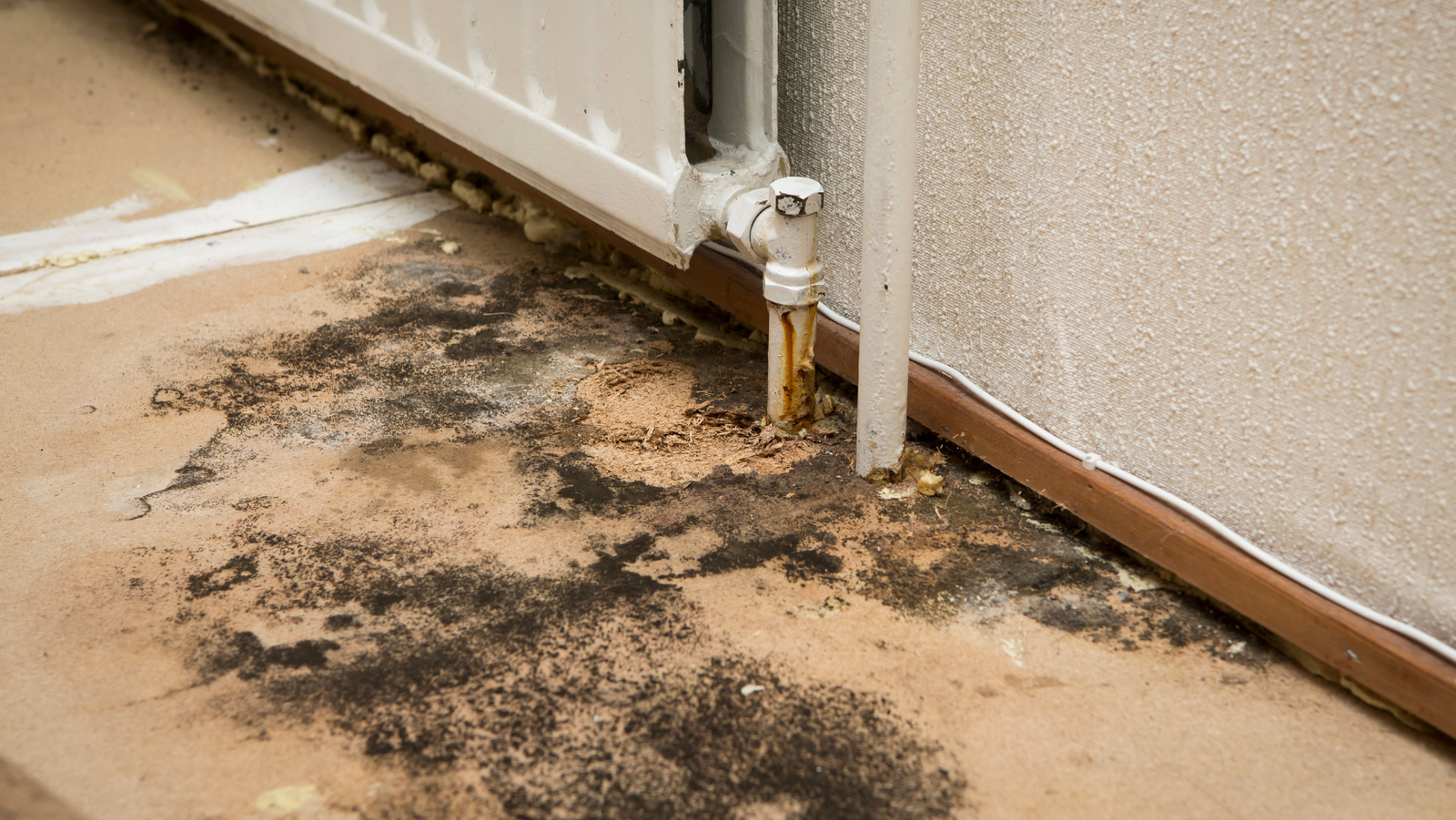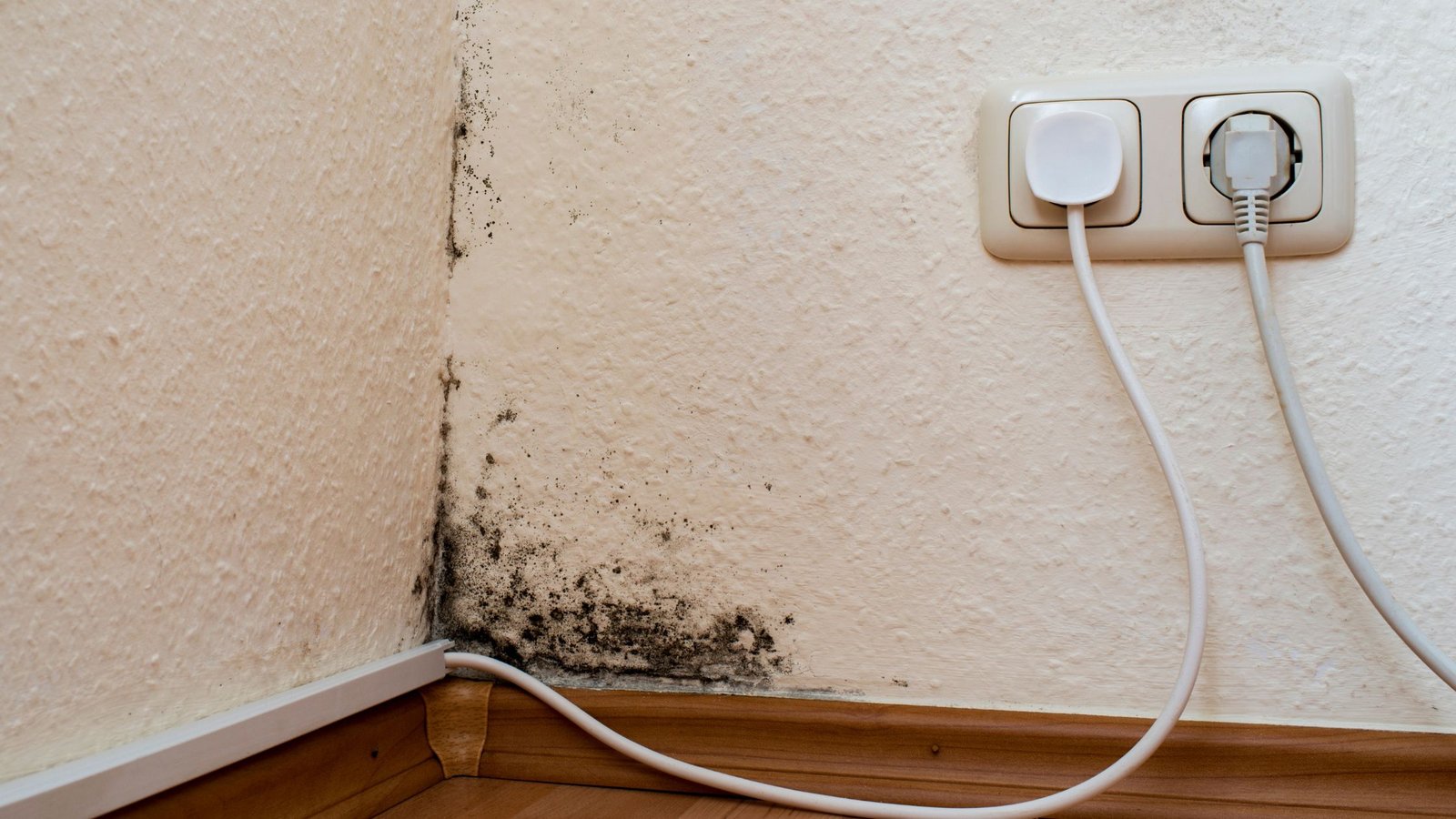Our health is affected not only by poor diets, preservatives in food and cosmetics, and passive lifestyles, but also by the polluted environment where we spend most of our time.
Indoor air quality is also receiving increasing attention. The World Health Organisation has alarming statistics: 1 in 3 buildings suffer from mould growth due to poor ventilation and under-heating (with indoor temperatures below 20 °C), humidity accumulation (60% or more), and potential mould damage and health effects.
Micro-organisms growing on their own in a humid environment might not pose such a threat if it were not for the easy release of airborne spores, volatile organic compounds and other toxins.

Table of contents
Why is mould dangerous to health and how to recognise it?
So why is mould in the home bad for health? Growing mould produces and releases toxic substances – mycotoxins, allergens and other irritants – that first negatively affect the respiratory tract, and then do their “black work” throughout the body.
What warns of mould? The first warning signs of mould in buildings are black spots on walls or other surfaces, followed by a network of mould seams that can be seen even with the naked eye. Mould is most often found in kitchens, bathrooms, near baths and showers, in basements, on poorly insulated walls, around windows and more.
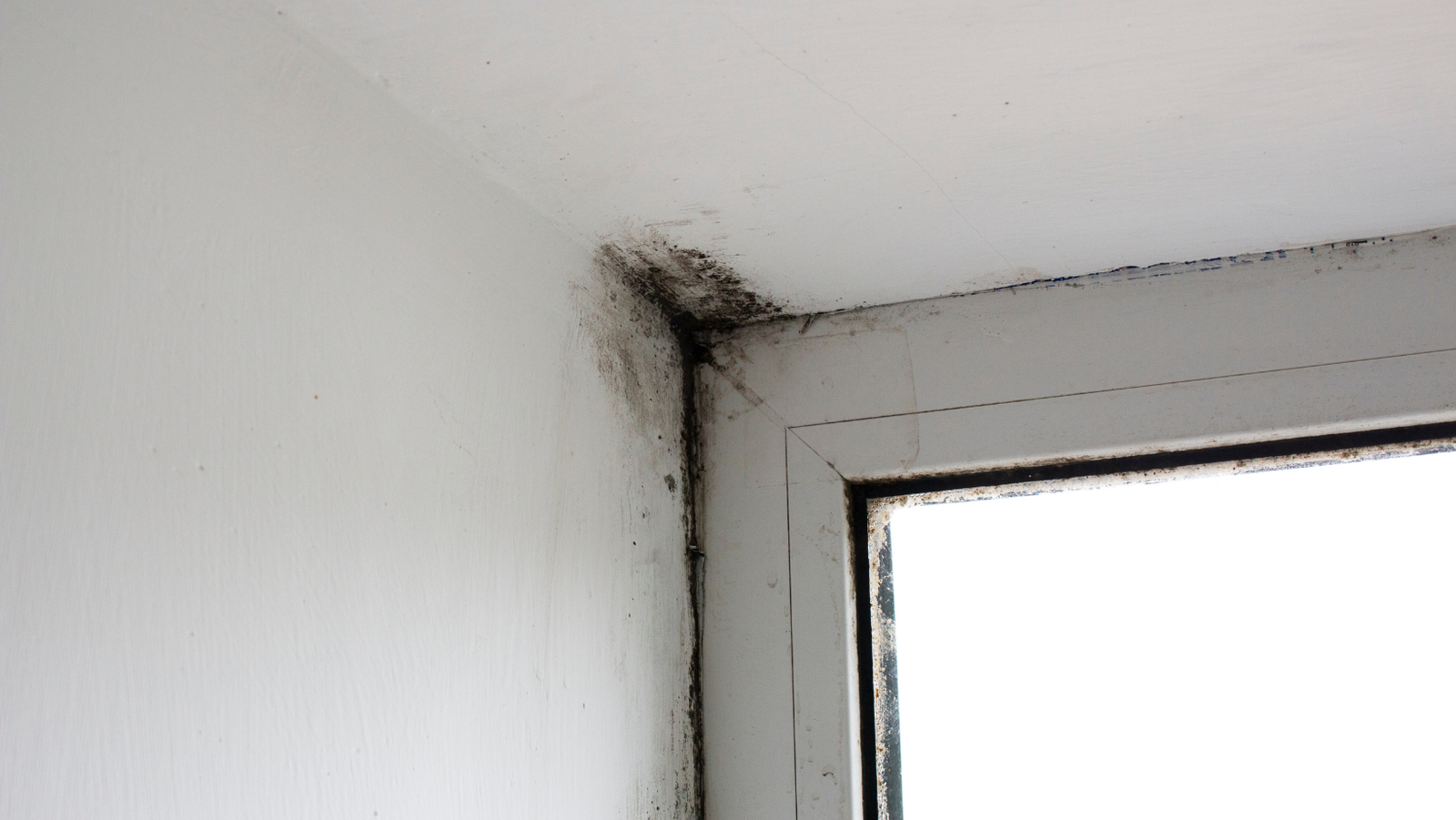
What are the health risks and effects of mould?
Everyone’s body reacts differently to mould. The health effects of mould should be of particular concern to humans:
- For allergy sufferers;
- Those with respiratory diseases;
- Skin diseases (eczema, atopic dermatitis);
- Those with a weakened immune system;
- Mould is also very dangerous for babies, children, the elderly and people with chronic illnesses.
Damage to the body from mould: allergies
Some people are more sensitive to the toxic substances released by mould. The body reacts to mould in a similar way to other allergens such as pollen, which causes hay fever.
The most common symptoms of mould allergy are:
- stuffy nose, runny nose;
- itchy nose and throat;
- sneezing;
- watery eyes.
If a person has asthma and there is mould in the environment, the likelihood of asthma attacks increases, which is a health risk.
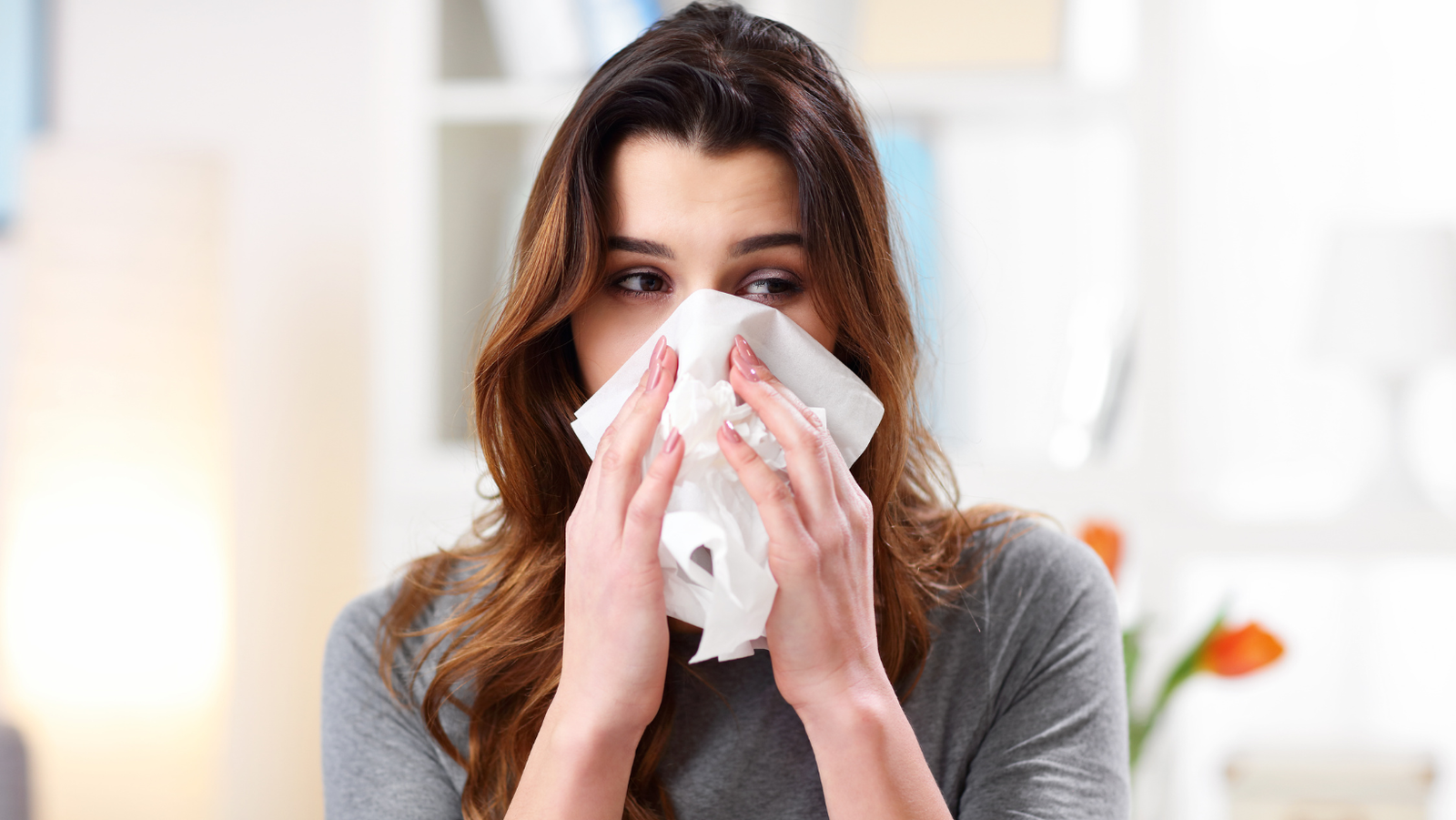
Damage to the body from mould: the fungal disease aspergillosis
Aspergillus mould can cause the serious health problem aspergillosis.
Most people who inhale mould spores will not get sick, but if the person is immunocompromised or has lung disease, the body’s reaction can be very violent.
Symptoms of Aspergillosis:
- wheezing, coughing and shortness of breath;
- nasal congestion, runny nose, headaches;
- respiratory problems;
- fatigue;
- weight loss, loss of body weight.
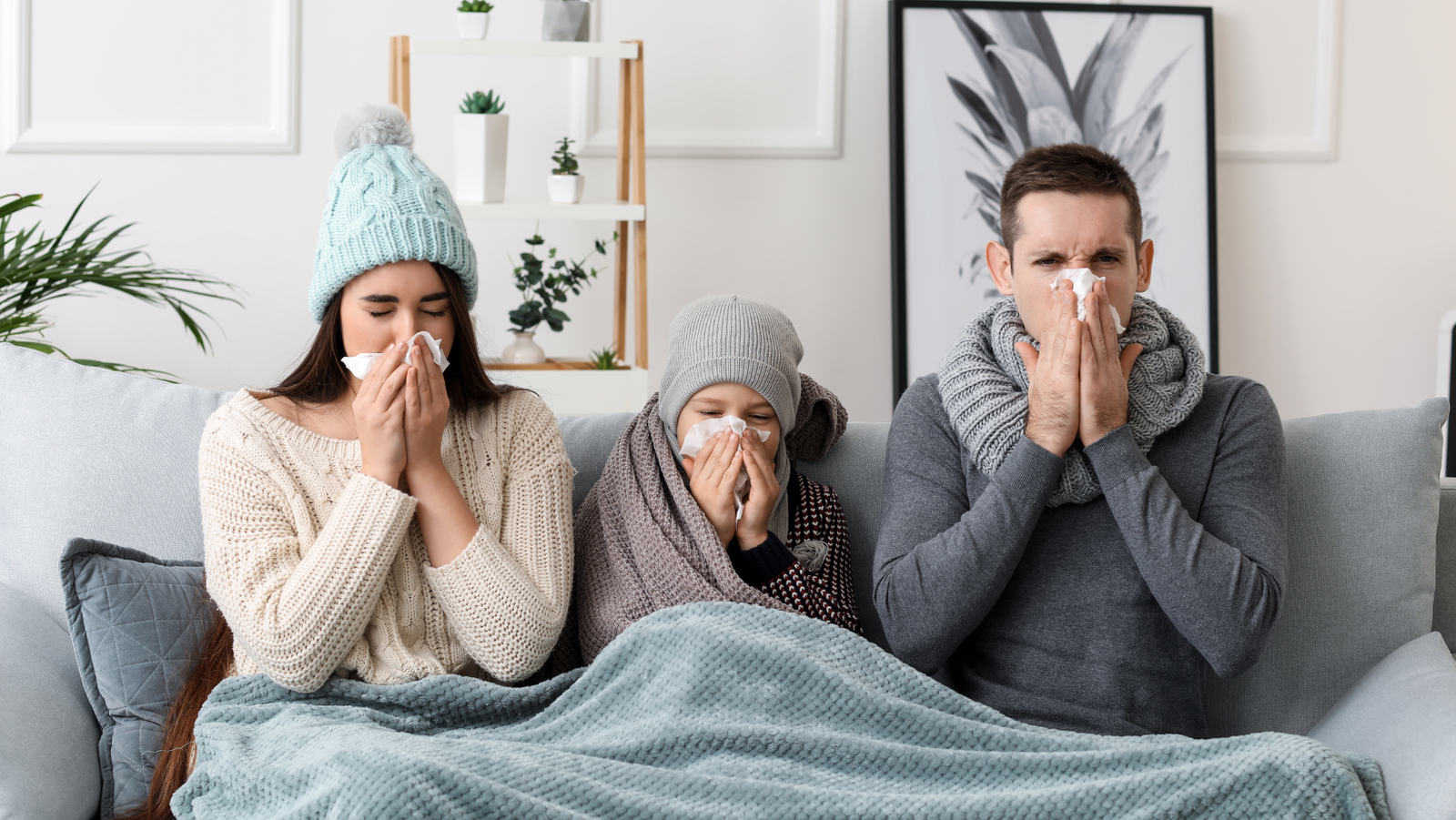
Health effects of mould: toxic reactions in the body
Some mould species produce mycotoxins and aflatoxins – the most potent natural carcinogens. We inhale mould spores or may eat them when they are deposited on food. Exposure to mycotoxins can give us headaches, dizziness, fatigue and breathing difficulties.
Other ailments and health effects caused by mould
Mould can encourage the growth of germs and bacteria, which can lead to inflammation.
Scientists have shown that it is mould that can cause hypersensitivity pneumonitis, a type of pneumonia. People exposed to mould can also develop sinusitis.
People may experience the following symptoms when exposed to an environment with mould:
- irritation of the eyes and skin;
- sneezing;
- runny nose;
- in severe cases, fever and shortness of breath;
- adverse effects on psychological health: oxidative stress, anxiety, etc.
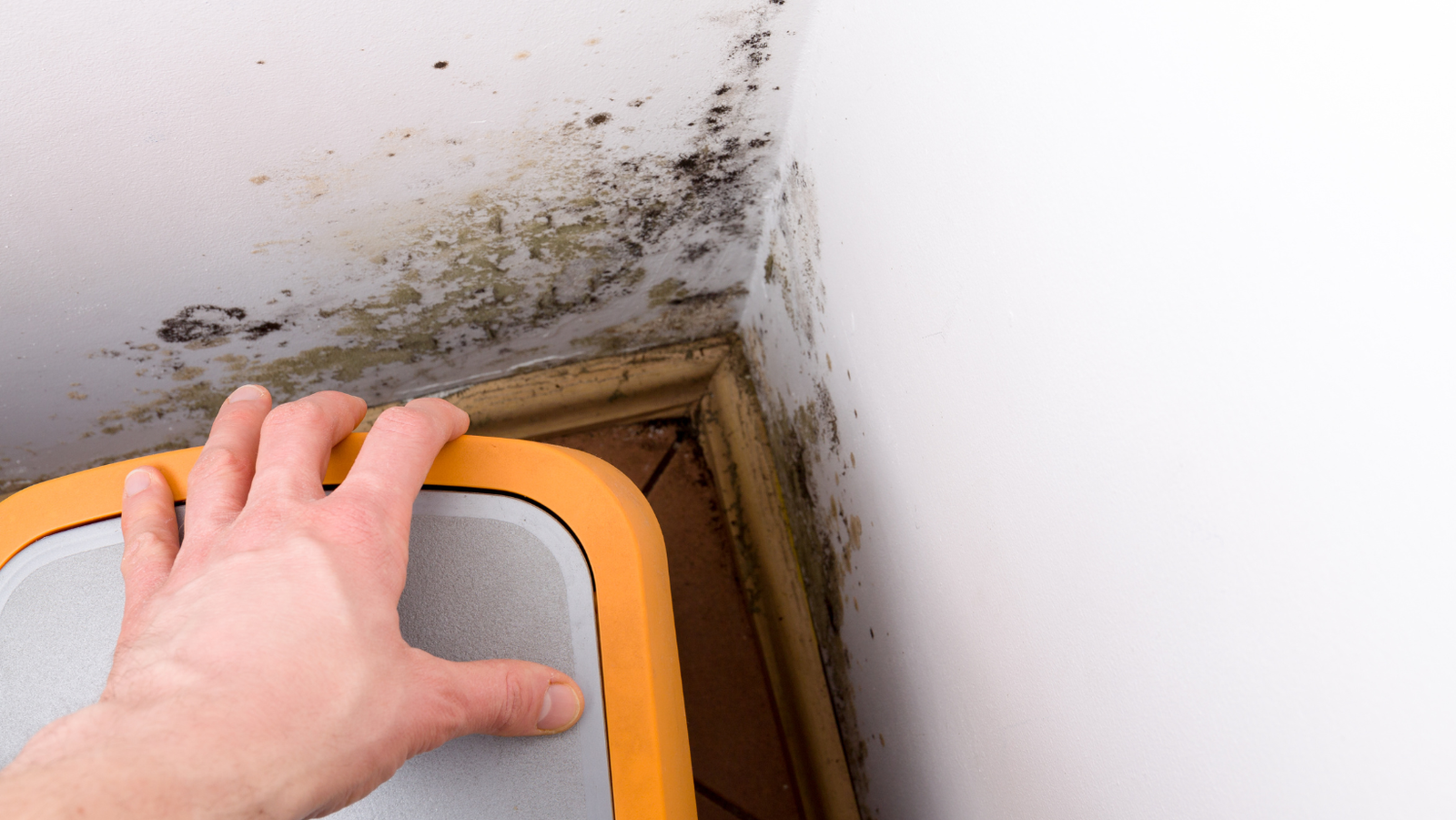
How to get rid of mould?
- Take a good look at hard-to-reach areas (under sinks, on room walls, under wallpaper, under carpets, etc.) where mould may be hiding.
- Dry wet surfaces (e.g. shower cubicles) after use.
- You can also buy a dehumidifier.
- Ventilate rooms well, especially kitchens, bathrooms with extractor fans, laundry rooms etc.
- In case of severe air pollution, consider long-term air purification.
As you have already realised, mould damage to your body and health can have a negative impact on your quality of life. Removing mould yourself is very difficult because, firstly, we may not be able to detect all the places where mould grows, secondly, it is difficult to eradicate mould in general as the spores penetrate deeply into the surface, and thirdly, improper use of chemicals can also harm your health.
The best solution is therefore to contact our experienced and professional team, who will not only eradicate the mould, but also eliminate the causes.



